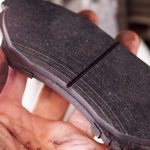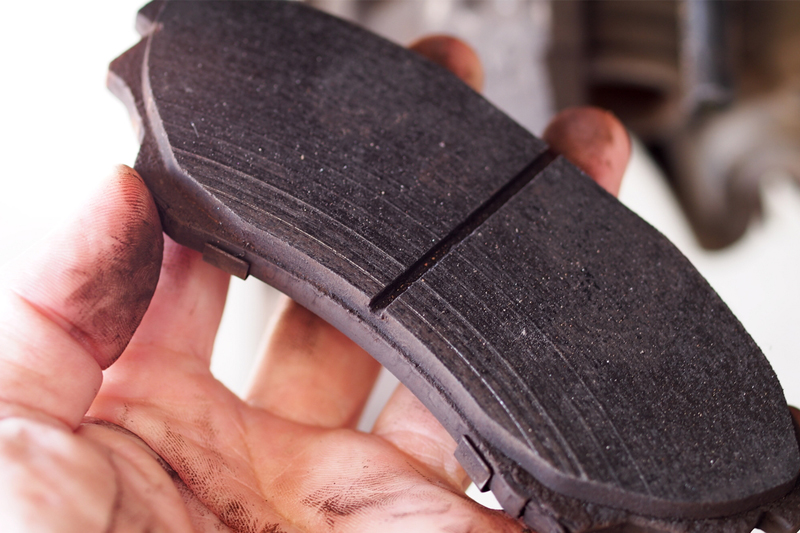LUMAG offers technicians a helping hand in identifying and contending with the causes of brake pad wear and tear.
Issue: Even wear
The pads have approximately the same amount of friction material on both.
Cause: Proper brake function.
Solution: Replacement of the
brake pads and hardware such as abutment and anti-rattle clips is required, as well as servicing the caliper guide pins and slides.
Issue: Outer pad wear
The outer pad continues to ride on the rotor after the caliper releases, resulting in the outboard pad having markedly less friction material than the inboard pad.
Cause: Seizing guide pins, bushings and slides are usually the cause of the issue.
Solution: Correcting this issue is usually fairly straightforward, and is normally rectified by servicing or replacing the guide pins, bushings, or the entire caliper, and replacing the brake pads.
Issue: Inner pad wear
The inboard brake shows more wear than the outboard pad.
Cause: The caliper piston doesn’t return to the rest position due to a worn seal, damage, or corrosion. It can also be caused by a problem with the master cylinder.
Solution: Take the same steps as fixing the outer pad wear, as well as inspecting the hydraulic brake system and the caliper for residual pressure and guide pin hole or piston boot damage, respectively. If the pin holes or piston boot are corroded or damaged, then replacement is necessary.
Issue: Tapered pad wear
The friction material is worn in a horizontal or vertical wedge pattern.
Cause: Improper pad installation, as well as guide pin wear, or having a single guide pin or slide seizing.
Solution: The procedure for rectifying this kind of wear is the same as correcting outer pad wear.











